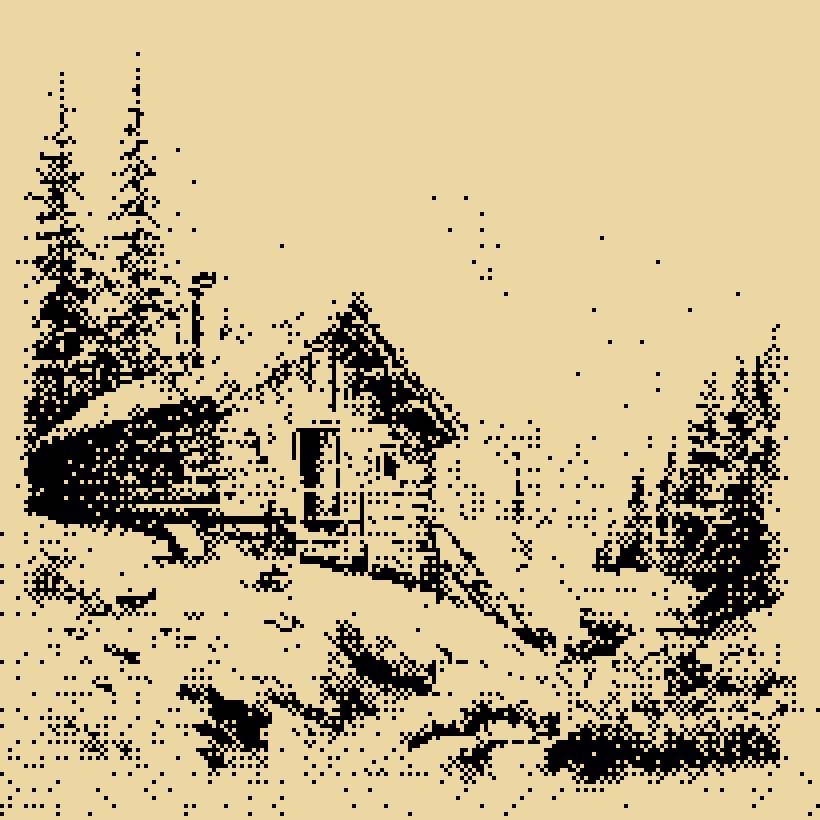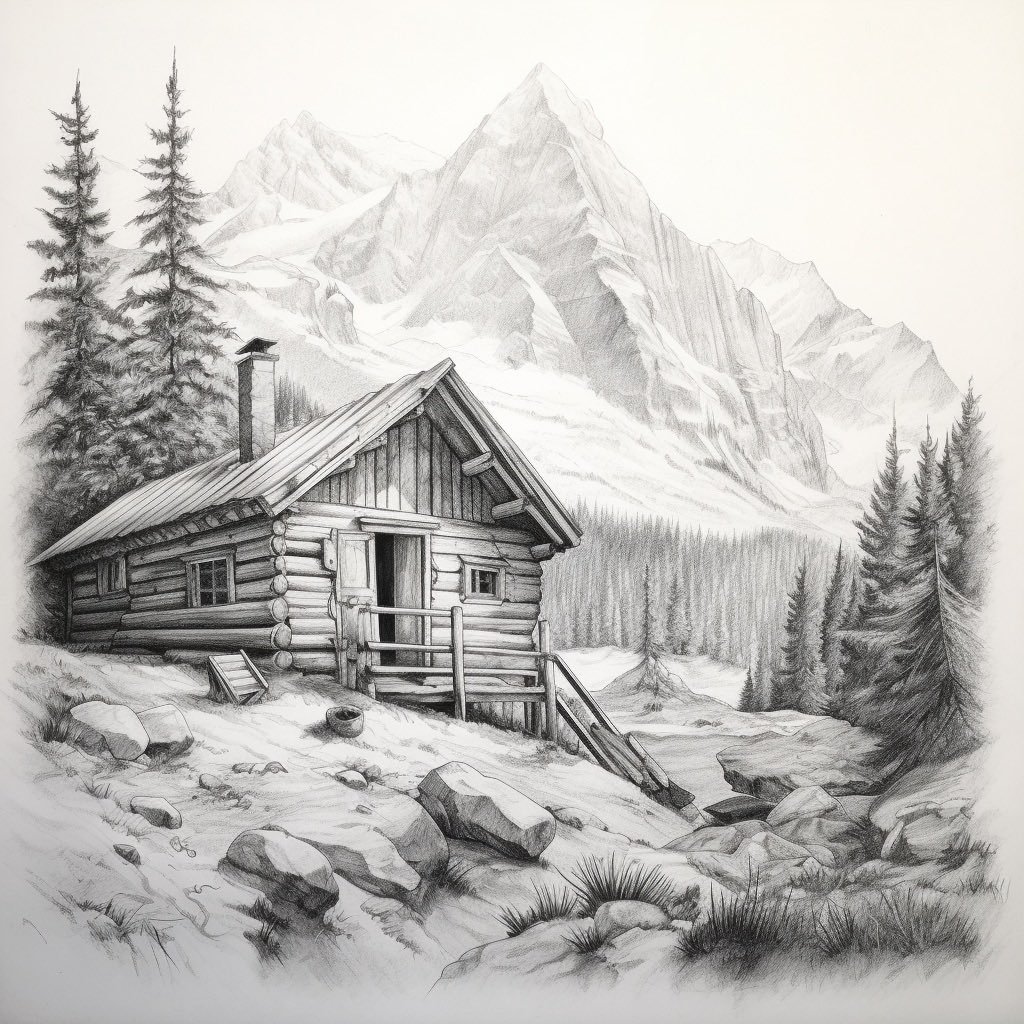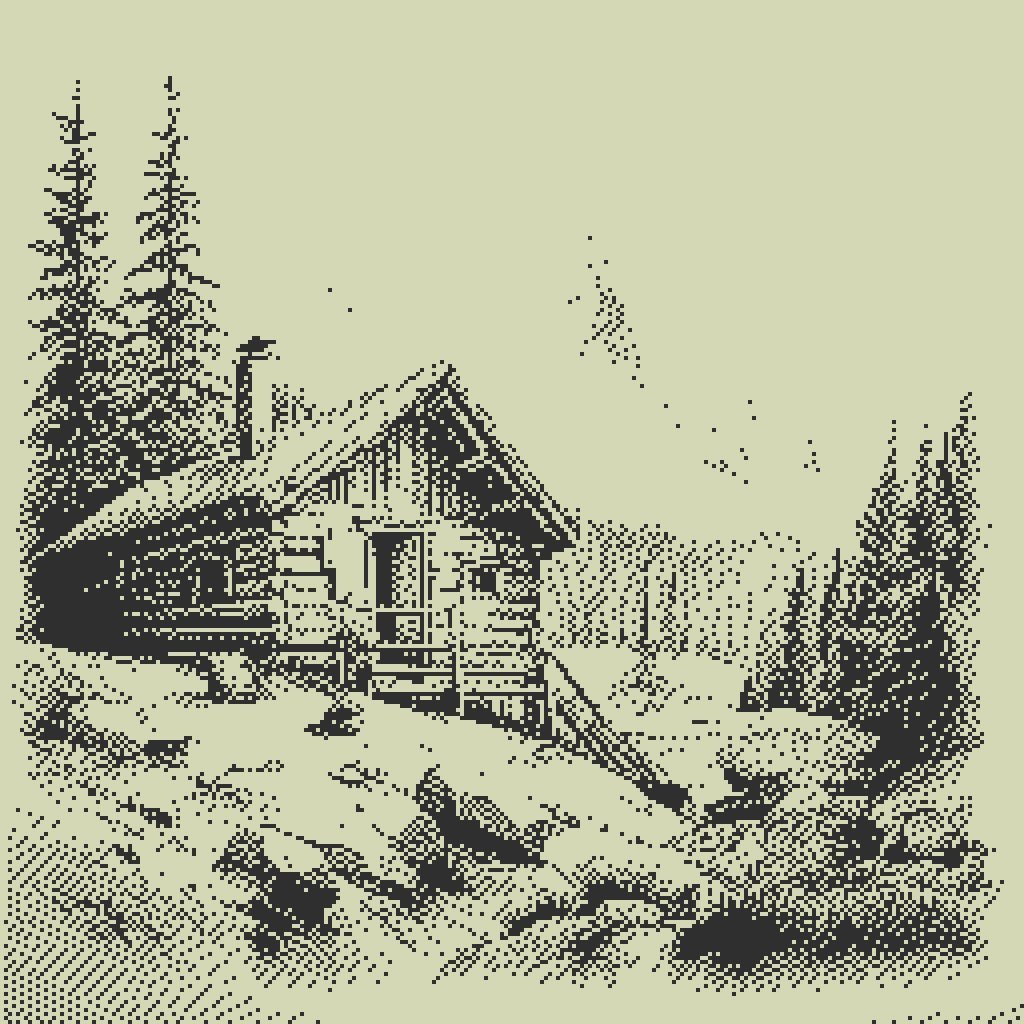Digital Stories: An Introduction to Pixel Lithography
Mixing and matching artforms is one of the greatest joys in life. This guide will show you how to use 1800s technology, 1980s technology, and modern technology to create fun, new art to tell stories in new ways!
To give some context:
Lithography is an 1800s era technology used to reproduce paintings and other artworks through an etching and inking process.
Dithering is a late 1900s era technology used to reduce color depth of images while reproducing them as closely as possible.
Since both artforms utilize some form of color simplification, it makes sense to combine them and make something new entirely.
It all starts with AI images
In Midjourney, I use the prompt:
/imagine <subject matter> pencil sketchDetails will get lost in this process, so I’m generally looking for an output with some darker outlines as well as a little bit of finer detail. Once I find a composition I like, I’m usually re-generating using the subtle variation until I get something that makes a bit more sense with the final intent of the piece.
Time to dither it!
From there, it goes into my dithering tool for a dithering pass on the following settings:
BW Dither
Algorithm: Atkinson or Reduced Atkinson
Color Substitution:
Black: any dark gray, usually #2f2f2f
White: any desaturated yellow, this is #D5D8B5
From there, you can go into the image tab and play with brightness, contrast, and pixelation to dial in exactly what you want it to look like.
I generally do something along the lines of:
Pixelate: 3
Brightness: 90
Contrast: 110
As a rule of thumb: more pixelation = more finesse, less = more detail
That’s all there is to it! As always, please be open and honest when selling AI collaborative works, no reason to be shady. One last shout out to @michaelmicasso for the original inspiration. If you want to see more hand-drawn pixel lithos, give Mek a follow!


